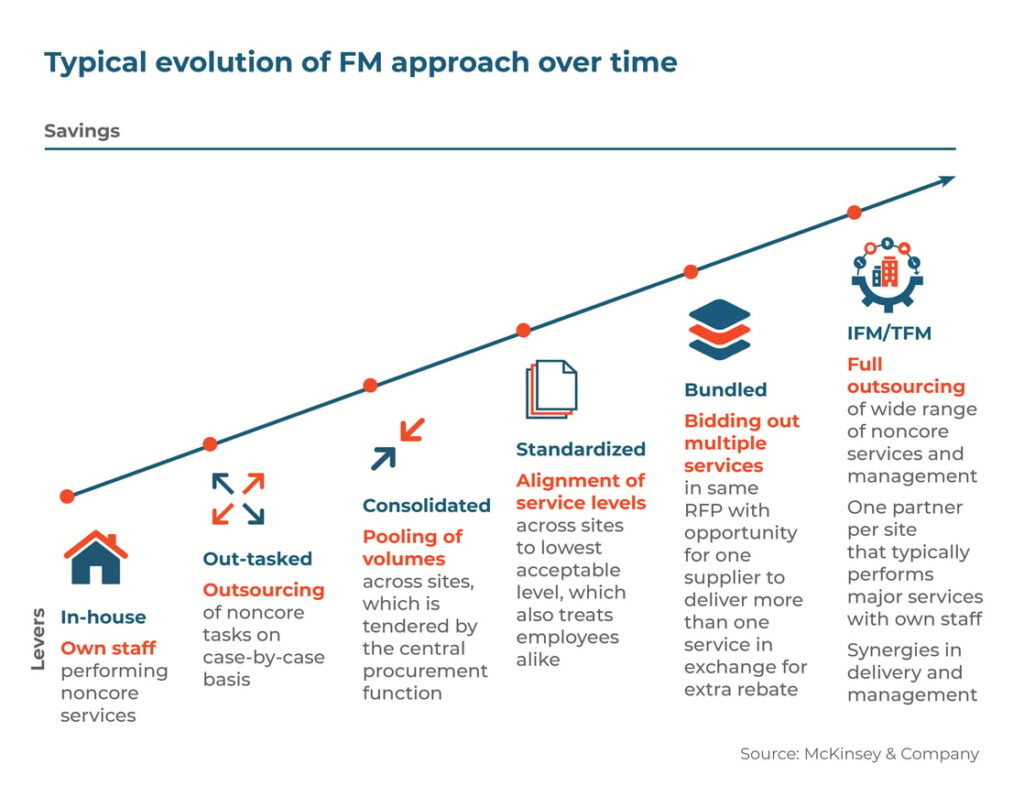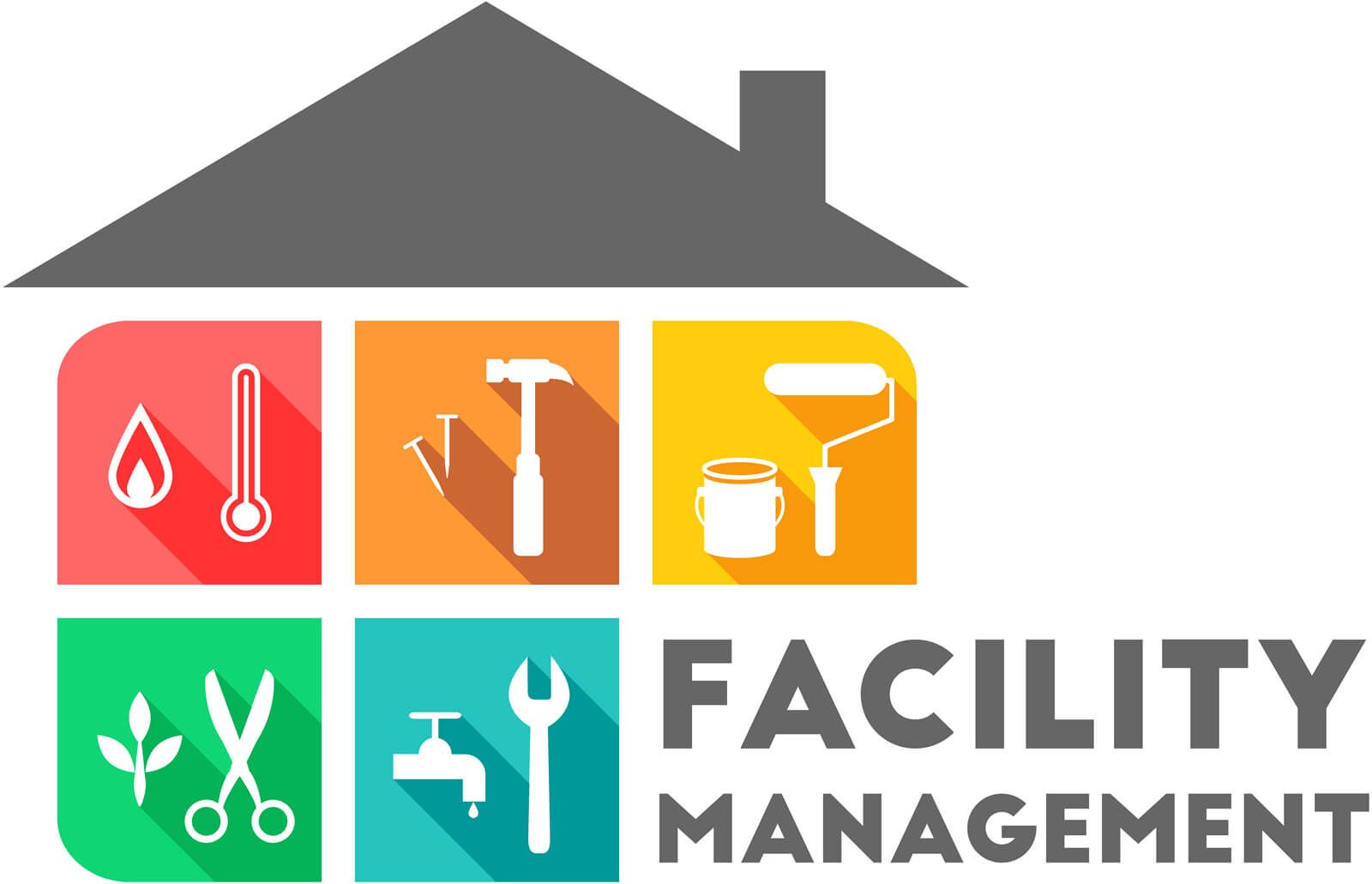The Importance of Total Facility Management in Ensuring Workplace Safety and Compliance
How Total Facility Management Boosts Upkeep and Workflow
Total Facility Management (TFM) represents a transformative change in just how organizations approach maintenance and procedures. By leveraging data-driven strategies and incorporated innovation, TFM not just expects and minimizes prospective issues however also optimizes resource allotment and enhances performance.
Improved Maintenance Approaches
Boosted Maintenance Techniques are vital for optimizing the performance and long life of facilitiess. These techniques incorporate a methodical strategy to upkeep that highlights positive measures, anticipating analytics, and condition-based surveillance. By carrying out such approaches, organizations can efficiently reduce unplanned downtimes and lessen operational disruptions.
One critical part of boosted maintenance is making use of data-driven decision-making tools. These tools permit facility supervisors to analyze historical efficiency information, recognize patterns, and forecast prospective failures before they happen. This predictive upkeep technique not just prolongs the life process of devices but also enhances safety and security and conformity standards.
Empowering and training upkeep workers are similarly vital in carrying out improved techniques (Total Facility Management). Trained staff can execute regular examinations and address small concerns prior to they intensify. Furthermore, embracing an extensive asset management system helps with tracking of tools standing, upkeep history, and scheduling of safety nets
Streamlined Operational Workflows
Maximizing functional process is important for the general efficiency of facility management. By implementing structured procedures, organizations can reduce redundancies, minimize hold-ups, and improve productivity. A well-structured functional operations enables facility supervisors to assign resources properly, making sure that tasks are finished in a prompt way.
Using facilitiess management software application can automate regular tasks such as work order management, supply tracking, and scheduling. Clear interaction networks among team participants foster cooperation and accountability, additionally boosting operational efficiency.
Systematizing treatments is an additional vital part. Developing best methods assists make certain that all personnel are lined up in their strategy, reducing the possibility of errors and enhancing solution distribution. Regular training and updates on workflow processes likewise play a crucial duty in keeping uniformity and performance.
Ultimately, structured operational operations contribute to a much more responsive facility management system, allowing organizations to concentrate on tactical efforts rather than being slowed down by administrative problems. By prioritizing effectiveness, facility managers can substantially improve the general performance of their operations.
Proactive Issue Resolution

Normal inspections and checking systems play an essential duty in this process, allowing facility supervisors to gather data and expect possible failings. Furthermore, cultivating open communication channels among team member encourages the very early coverage of worries, further assisting in article source prompt resolutions.
Implementing an extensive facility management software program can simplify the tracking of maintenance activities and problem coverage, giving valuable understandings right into recurring problems and their source. This data-driven technique enables for educated decision-making and prioritization of sources.
Inevitably, aggressive concern resolution not just preserves the integrity of facility procedures but also enhances employee complete satisfaction and security. By purchasing techniques that focus on prevention, organizations can create a more resilient and efficient functional atmosphere, setting a solid foundation for future growth and success.
Price Effectiveness and Resource Management
Exactly how can organizations achieve an equilibrium between cost performance and efficient resource management in facility procedures? The assimilation of total facility management (TFM) gives a calculated framework that boosts monetary efficiency while optimizing source allotment. By consolidating solutions, organizations can simplify operations, lower redundancies, and take advantage of economies of range.
Effective source management begins with a complete assessment of existing assets and operational procedures. Making use of information analytics, organizations can recognize underutilized sources and address inefficiencies. This educated technique enables the application of targeted maintenance routines, thus extending property life and lessening unplanned downtime.

Training and development of facility management employees even more improve price effectiveness by equipping them with the skills required to handle sources sensibly. Ultimately, by embracing an all natural technique to facility management, companies can attain significant expense savings while making certain that operational effectiveness remains a top concern.
Sustainability and Ecological Influence
The assimilation of total facility management (TFM) not only boosts cost efficiency yet additionally plays a crucial function in promoting sustainability and lowering environmental impact. By embracing an alternative approach to facility operations, TFM facilitates the execution of lasting practices that minimize source intake and waste generation.
Among the vital components of TFM is the optimization of power usage. This consists of the fostering of energy-efficient technologies, regular upkeep of HVAC systems, and the usage of clever building management systems. These measures not just reduced energy expenses but also dramatically lower greenhouse gas discharges.
Furthermore, TFM advertises the use of sustainable products in facility maintenance and renovation projects. By focusing on eco-friendly products and methods, facilitiess can minimize their total link environmental impact while promoting healthier indoor environments.

Conclusion
In conclusion, Total Facility Management substantially enhances upkeep and operations through methodical approaches that stress anticipating analytics and condition-based monitoring. The assimilation of innovation simplifies workflows, while thorough training promotes skill development amongst workers. Aggressive concern resolution lessens unplanned downtime, contributing to cost effectiveness and ideal resource management. TFM promotes sustainable techniques, inevitably leading to boosted facility management outcomes and a society of continuous renovation within companies.
Total Facility Management (TFM) stands for a transformative shift in just how organizations come close to maintenance and operations. Making use of facilitiess management software can automate routine tasks such as job order management, inventory monitoring, and organizing.How can companies attain an equilibrium between expense performance and effective resource management in facility procedures? The integration of total facility management (TFM) provides a tactical structure that boosts financial performance while enhancing source allotment.In final thought, Total Facility Management significantly improves maintenance and procedures via systematic techniques that highlight anticipating analytics and condition-based surveillance.